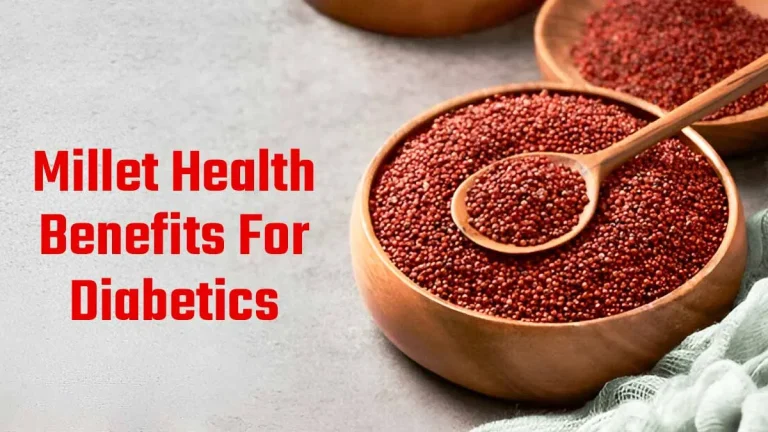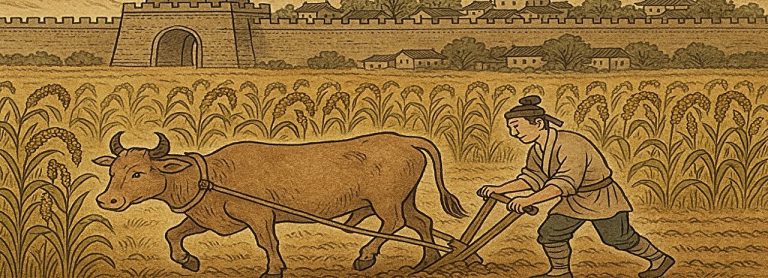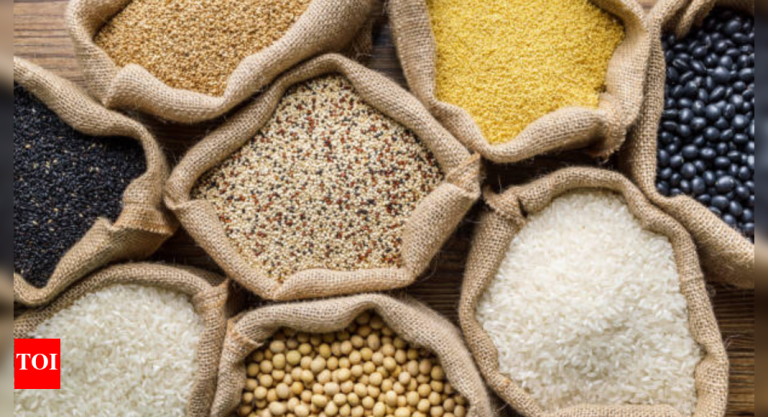
Millet is a low maintenance and drought-resistant grain. This grain provides various health benefits, such as protecting heart health, and helping to maintain a healthy weight.
People have benefited from the nutritional properties of millet for thousands of years. The Old Testament of the Bible mentions it, as do texts from ancient Greece and Rome.
Millet grows extremely quickly and matures in almost half the time required for rice and wheat. This makes it the ideal crop, contributing to its rapid spread across Asia and into Europe.
In the contemporary United States, millet is often used to feed pets, livestock, and birds, but it is growing in consumer popularity. This is because it is gluten free and a good source of protein, fiber, micronutrients. It also provides multiple benefits to physical and mental health, requires few inputs to grow, and is resistant to drought.
This article discusses the types of millet available, its nutritional properties and benefits, potential downsides to millet, and how to use it in cooking.
- pearl (Pennisetum glaucum)
- finger (Eleusine coracana)
- foxtail (Setaria italica)
- proso (Panicum miliaceum)
- barnyard (Echinochloa utilis)
Each 100 gram (g) of cooked millet
Research indicates millet can be useful in the following ways:
Helping the digestive system
Millet contains fiber, which contributes to digestive health and helps to regulate bowel movements.
Millet also has prebiotics, which stimulate the growth of probiotics within the microbiome. This is important for gut health and the immune system in general.
Millet is very
Supporting the cardiovascular system
Millet contains magnesium, which helps to regulate heart rhythm.
Consuming millet
Millet also contains vitamin B3 or niacin. This vitamin helps reduce certain factors of heart disease, such as high levels of cholesterol and triglycerides, and is effective in lowering oxidative stress.
Improving mood
Millet can improve a person’s mood due to the high concentration of the amino acid, tryptophan.
Reducing the risk of diabetes
Managing obesity
Another study from 2021 investigated the effectiveness of millet consumption in managing obesity and high cholesterol. The results demonstrated that this type of diet reduced BMI and, therefore, can help reduce the degree of overweight and obesity.
However, longer-term studies with larger sample sizes are required.
Reducing oxidative stress
A high-fat diet is also a risk factor for the development of dementia because it increases oxidative stress in the brain. Doctors consider antioxidants important in reducing oxidative damage. Diets rich in antioxidants may protect against oxidative damage.
Millet is a good source of antioxidants, which may help support the body’s ability to resist oxidative stress, a factor in illness and aging. Consuming antioxidants could decrease the risk of chronic diseases.
Other
- suppressing cancer cell growth
- promoting wound healing
- maintaining bone health
- supporting antifungal and antimicrobial activity
Although millet contains many vital nutrients, it also contains compounds called antinutrients. These interfere with the body’s ability to absorb nutrients. Different kinds of millet have different levels of these compounds.
Pearl millet contains phytates, which make it harder for the body to absorb nutrients, and goitrogenic polyphenols. These
Finger millet also has antinutritional factors that include tannins, protease inhibitors, oxalates, and phytate.
Researchers have found that using different processing techniques can reduce levels of antinutrients, including:
- milling
- parboiling
- blanching
- dehulling
- fermenting
- germinating
To get more flavor out of the millet, toast the seeds lightly for 4–5 minutes until golden brown. A 2-to-1 water to millet ratio will get you a quinoa-like consistency.
For porridge, use a 3-to-1 ratio and stir often. Season as needed. For a creamier texture, use more liquid.
People can prepare millet in many different ways. It can be soft and smooth, like a porridge, or light, fluffy, and slightly chewy, like rice.
There are various recipes and ways a person can cook with millet.
The following are summaries of popular sweet and savory recipes for millet:
- Toasted millet tabouli: Toast grains in a sauté pan until light golden brown. Cook with water or stock. Fluff with a fork. Add diced tomato, cucumber, onion, chopped fresh mint, oregano, and parsley. Mix with olive oil and season.
- Super simple millet pilaf: Add millet and toast it until it is golden and gives off a nutty aroma. Cook grains with chopped carrots, and onion. Add sea salt and water to the pan. Bring the millet to a boil, cover, and reduce the heat to a simmer. Cook the pilaf for 30 minutes and let it stand.
- Polenta-style millet: Mix millet and broth. The millet is done when the water has fully absorbed. Preparing millet with more water gives it a consistency like porridge for breakfast as a substitute for oatmeal. People can then cool, slice, and sautée the millet like polenta.
- Millet muffins: A person can also combine millet with flour, baking powder, baking soda, eggs, milk, vanilla extract, butter, and brown sugar to make muffins.
Millet is an ancient grain that people have enjoyed for thousands of years. Millet is also food for livestock and birds. It is becoming increasingly popular as it is fast-growing, drought-resistant, and requires low input.
Millet is a good source of protein, fiber, key vitamins, and minerals. The potential health benefits of millet include protecting cardiovascular health, preventing the onset of diabetes, helping people achieve and maintain a healthy weight, and managing inflammation in the gut.
Millet is an adaptable grain. There are many simple ways to prepare it, making it easy for people with celiac disease to include this gluten-free grain in their diets.




